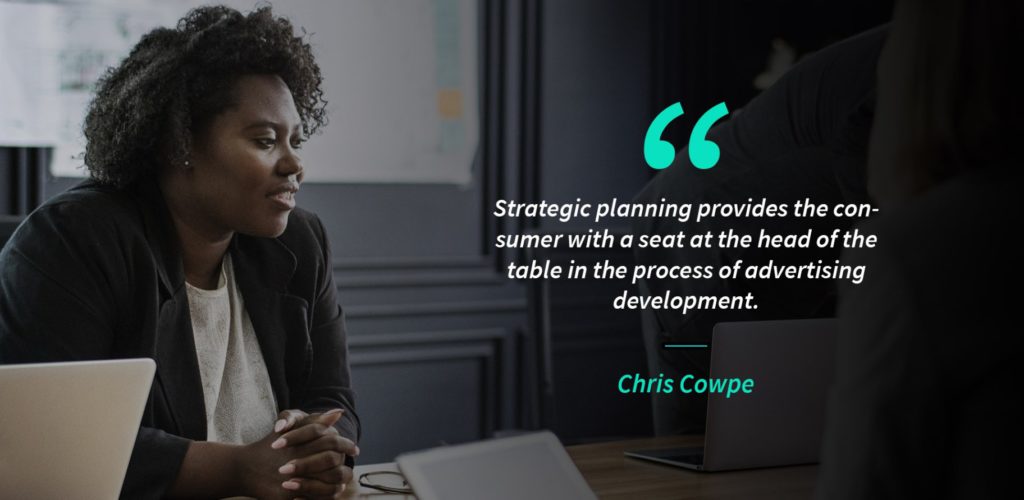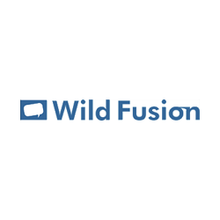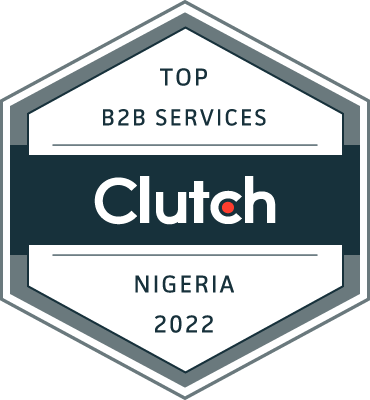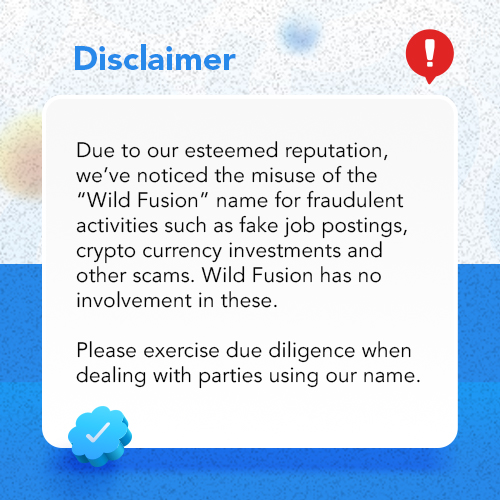An influential managing director of a leading ad agency in Lagos asked me about the future of strategic planning in Sub-Saharan Africa, especially Nigeria; and what could be done to get more value out of the role. Herewith are my thoughts.
Strategic planning has been under assault for years. Fewer marketing and advertising professionals pay attention to its significance. From my experience collaborating with strategists in key Sub-Saharan Africa markets, I found out this is not peculiar to Nigeria. People ask what value strategic planning adds, leading some to wonder why the department should not be shut down entirely and its responsibilities are off-loaded on to business or account managers who may have some idea of what it entails. Regrettably, that is what happens when you have planners without a strategic mindset or an adequate understanding of their responsibility. This could also be as a result of good strategic minds working in a system not exploring the pivotal capabilities of the role. Anyone can plan; in fact, in advertising, everyone ought to do so.
To paraphrase the late Chris Cowpe, one-time MD/CEO of Boase Massimi Pollitt (BMP/DDB London), the agency credited with introducing and establishing the strategic (or account) planning discipline in advertising;strategic planning provides the consumer with a seat at the head of the table in the process of advertising development.
The consumer in this context means the target customer’s total body of personality– proclivities, patterns, rationalizations, post-rationalizations, motivations, yearnings, even his possibly unknown aura. Based on this, strategic planning has the responsibility of providing perspective derived from the core of good advertising which has to be unique, enduring, and applicable to be efficient. To be a bit of “The Godfather” fanboy I say, think of the strategic planning function as the Consigliere in the ever-intriguing advertising Mafia family.
Inspired by this understanding alongside the timeless contributions of Jon Steel to the planning practice, I chose early on to be a strategist who sought to grow my strategic management capabilities through strengthening the uniqueness and value of the planning function. Transforming an agency’s strategic planning team is synonymous with transforming the entire agency. This transformation includes moving beyond annual plans and routine document preparation, into a broader scope and complexity of strategic planning that will include a diversity of offerings.

Good strategy, which relies on quality strategic thinking before getting into the operations-oriented planning, is more important than ever to meet the big, new uncertainties and volatility of the 21st century Nigerian and African markets.
Strategic thinking enhances planning and provides a firm bedrock for the formation of good strategy. Strategic Planning follows a “what will happen?” mindset and is mostly operational. You plan as you think, only with a short-sighted point of view; assuming the factors before you in a competitively dynamic market remain constant. Strategic thinking asks “what might and what ifs?” It compels the strategist to look at multiple scenarios and their merits upon which a long, yet scalable and most importantly adaptable play is devised as it best suits the needs of a business. This safeguards clients’ strategic investments and prepares them for competition and opportunities.
To remain competitive, agencies need to leapfrog the weaknesses and set-in-its-way nature of traditional strategic planning practice characterized by a lockstep march towards a monotonous set of deliverables and pre-set form of doing things. They must adopt an approach amplified by the importance of agility in a rapidly changing world.
How can agile strategic planning be achieved?
Everyone else in the company seems to get the luxury of space and resource to breathe, explore, prototype, fail, then improve. Everyone, except the strategist.
The strategist is saddled with the responsibility of providing insights that must inspire effective solutions to the client’s business problems. The potential success or failure of the project rests on the class of direction in which he leads the team and this puts him in a constant spotlight. As a result, he is held to higher and more demanding standards of performance. He is expected to champion new thoughts. To always have answers with little room to ask questions because there is a “tight deadline”. He has to light the way on demand having little time to recon.
Is it any wonder, therefore, why the up-and-coming stock of “strategists” are more of planners who do mostly as they are told and are getting weaker generation after generation, even with eager, young, vibrant minds? Unfortunately, they do not realize early enough that they owe it to themselves to develop the capacity and growth avenues to pull through the rubble and machinery of briefs or risk the chance of burning out before their prime.
Even at the leadership level, the strategic planner is still not exempt from the motions that cripple the capacity of his position to lead organizational transformation and competitiveness. I have seen a number of skilled strategic planners lose steam after accepting leadership offers that have them ending in less than inspiring agency dynamics, only to park their passion for profit while earnestly waiting for the chance to make a right call again. In a way, this has become the norm.
This piece is not directed towards the ratio of strategic planners to briefs an agency should have, although I have seen 3 good strategic planners hold their own, for years, amongst the formidable army of creative minds and business managers in an agency. Rather, it is intended to demonstrate that an agency’s strategic planning team and its processes need to be well-defined so they are sufficiently able to absorb the forces, shocks, and interruptions that prevail in our market and markets we aspire to play in, and to stimulate the ongoing deliberation that a top-tier marketing communications consultancy requires. To gain or retain a competitive advantage, an agency must review this continually. Doing so requires the agency to demand more of itself and its strategic planning team in the pursuit of a professional credibility well beyond a process-facilitation role.
In my experience, the Mutually Exclusive, Collectively Exhaustive (MECE) approach to the formation of an agency’s strategic planning team is the way to go. This approach exposes the art side of strategic planning and enhances my belief that an agency should lead its clients and its environment in the conversation about culture, transformation and the adoption of new and more efficient methods to achieving optimal business performance.
For an agency looking to transform, adapt quickly and grow client confidence; inside-out is the most important place to begin, and the strategic planning team holds that duty. Becoming successful with that responsibility has near everything to do with the composition and dynamics of the team. Achieving that unique team structure is where the MECE approach helps, other things being equal.
By other things I mean a consensus at the intersection of organizational culture and agency brand building which has to be done deliberately over time by sweating the small stuff in policy and procedure, not by happenstance in reaction to what someone else has done or the fear of losing good talents. A clear vision of principle and ethics, an understanding, and commitment to see the transformation; talents and resources (precisely needed skills in creativity, business, and technology), with a long-term vertical advantage mindset and a healthy appetite for risk and purposeful play. While it may seem like a hard destination for most Nigerian agencies, there are those who have begun to take steps in the direction. Slowly but surely, this is a winning formula for the future.
I have yet to see the way an agency can push the boundaries of thinking and profitability for its clients where it barely has done so for itself. Marketers (client-side) who mostly see themselves as a parallel side, equidistant yet detached, in the conversation about the growth and health of the marketing communications practice in Nigeria, also have a key role to play: the mid and downstream kind of partnership that is the current practice will not help. Marketers can improve the industry’s output by understanding and demanding strategic excellence, and open up to more genuine and brave collaborations with their agencies. This is an essential way to elevate ourselves as an industry. In consonance, re-setting the strategic planning function to what is a consultancy-level of operation requires the inside-out approach to focus on 3 key considerations: structure, leadership, and product.
—
This article is published as part of a 3-part series by Olatomide Asher. Asher is the Director of Strategy at Wild Fusion






